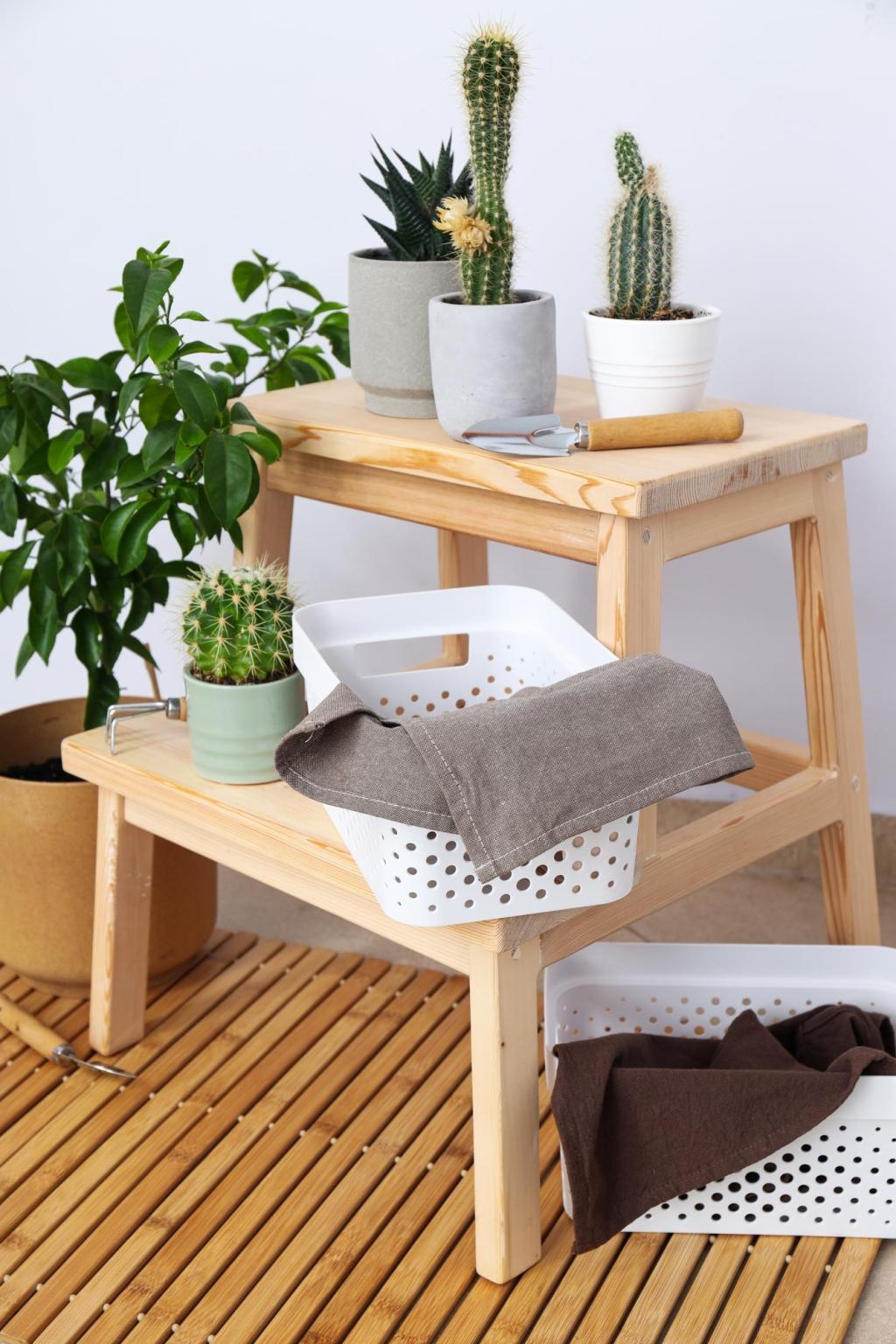The Role of Cork in Sustainable Design
Welcome to our sustainable design home base, where materials come alive through stories and evidence. Chosen theme: The Role of Cork in Sustainable Design. Explore how bark becomes building, and join our community by commenting, asking questions, and subscribing.
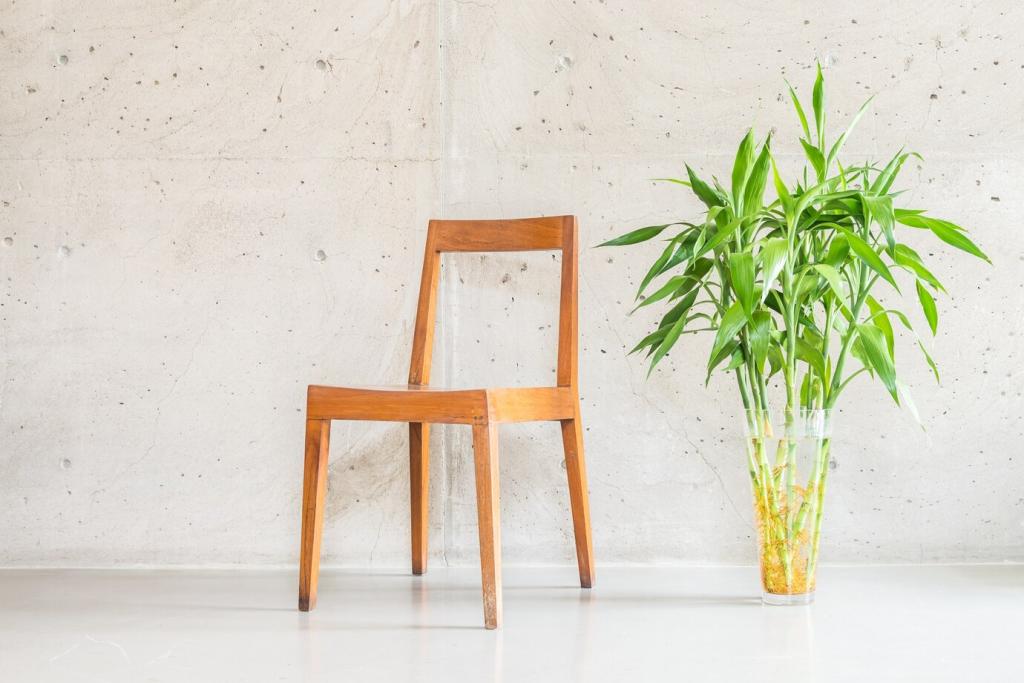
From Bark to Building: How Cork Is Harvested Sustainably
01
Cork is harvested by carefully removing the outer bark while the tree remains alive and thriving. The bark regenerates, allowing repeated harvests over decades, aligning material supply with patient, regenerative forestry practices.
02
After each harvest, cork oaks increase their carbon uptake, storing more CO2 as bark regrows. Typical cycles span nine to twelve years, creating a predictable, climate positive rhythm that designers can plan around responsibly.
03
Cork landscapes, the montado and dehesa systems, shelter diverse species and prevent desertification. Responsible demand for cork incentivizes stewardship, linking product choices to real habitats, rural livelihoods, and resilient ecological mosaics across Mediterranean regions.

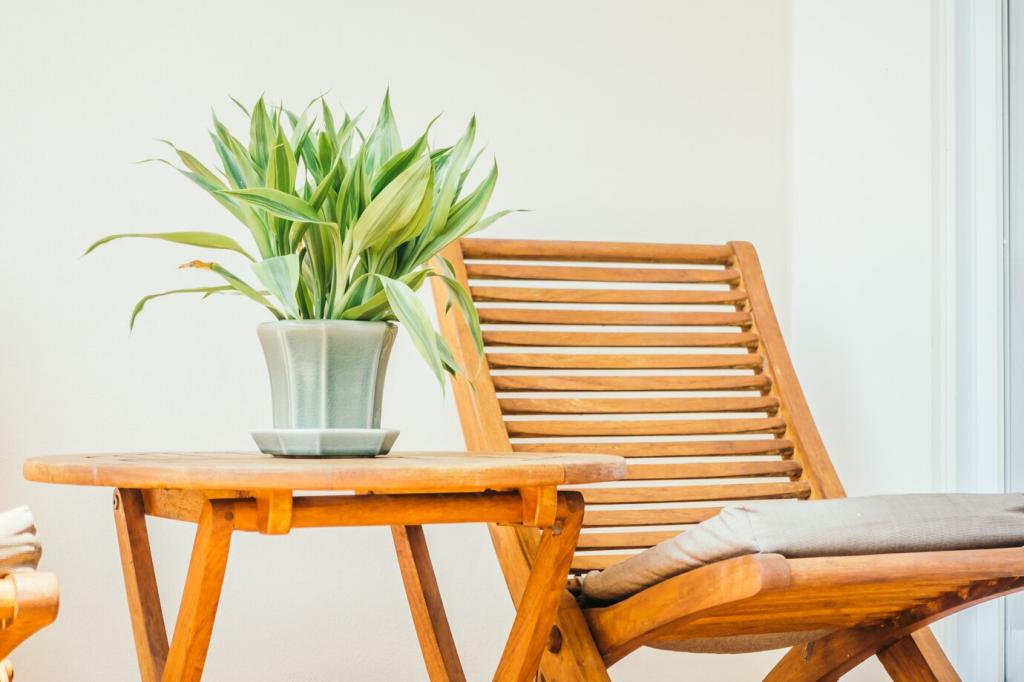
Design Properties That Make Cork a Standout Material
Millions of air-filled cells create natural insulation and sound dampening. From recording studios to nursery floors, cork moderates temperature swings and softens noise, improving comfort without energy-intensive assemblies or chemical-laden acoustic foams.
Design Properties That Make Cork a Standout Material
Cork compresses under load and springs back, resisting dents while remaining lightweight. Scratches can be spot-repaired or refinished, extending service life and reducing replacement cycles, a practical win for both budgets and the planet.
Applications Across Spaces: Floors, Walls, Furniture, and More
Residential renovations often use cork tiles to reduce impact noise while offering underfoot warmth. A small studio we visited replaced cold ceramic planks with cork and saw happier clients, fewer complaints, and noticeably calmer acoustic character.
Applications Across Spaces: Floors, Walls, Furniture, and More
Expanded cork boards function as natural insulation and textured wall finishes. Designers appreciate their vapor-permeable, binder-free composition, enabling breathable assemblies that buffer humidity, dampen echoes, and invite touch instead of discouraging contact.
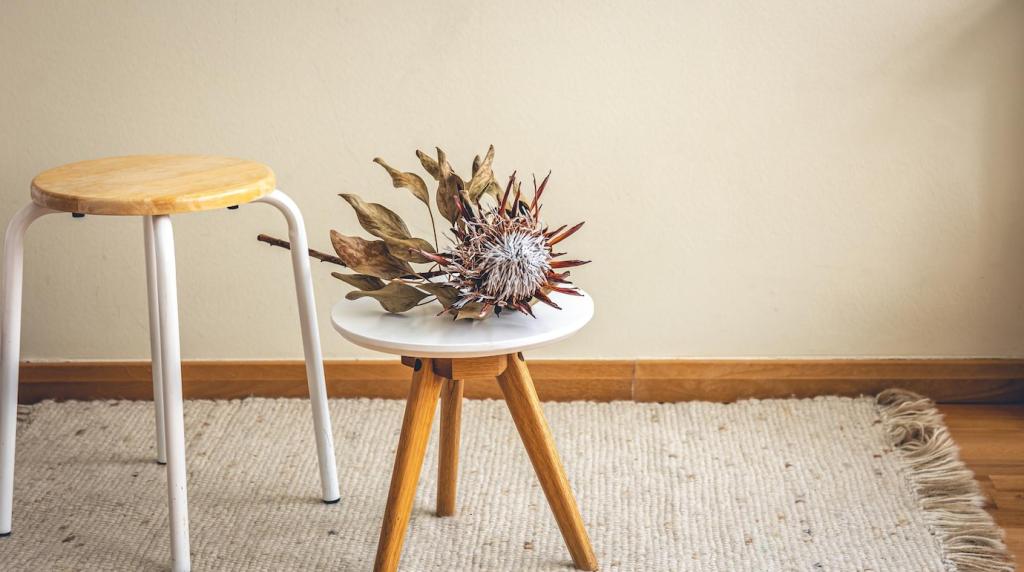
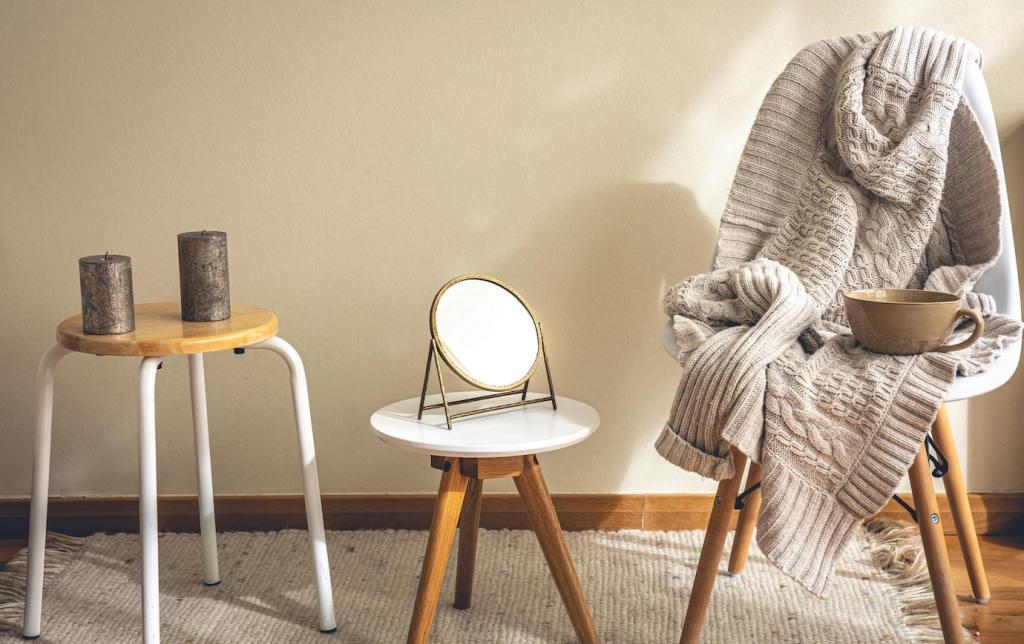
Lifecycle and Circularity: Designing for End-of-Life
Wine cork drives and architectural take-back programs convert used cork into flooring underlayment, gaskets, and acoustic panels. Designate collection points and label materials clearly so clients and facility teams can participate without confusion.
Lifecycle and Circularity: Designing for End-of-Life
Where possible, prefer mechanical fastening or low-VOC, reversible adhesives. Minimizing petrochemical binders keeps recycling pathways open, reduces indoor emissions, and ensures components separate cleanly when a building or product is eventually updated.

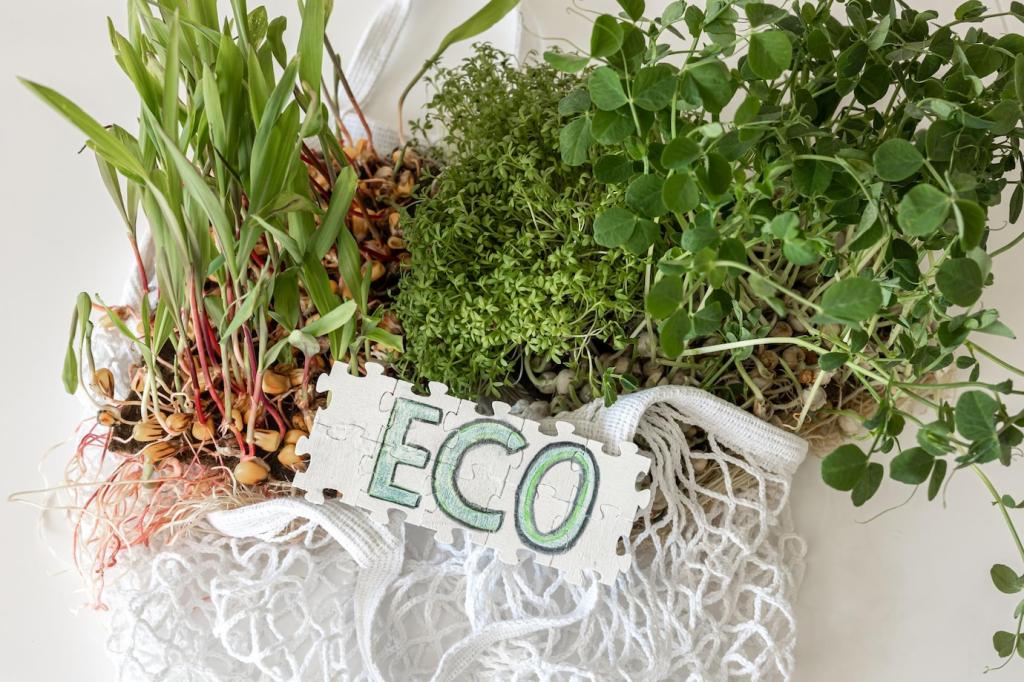
Community, Heritage, and Ethical Sourcing
Montado Stewardship and Rural Livelihoods
Harvesters train for years to score bark precisely, preserving tree health and family traditions. Fair contracts and seasonal scheduling sustain rural economies, making every purchased sheet a small vote for cultural continuity and stewardship.
Transparency and Certifications
Ask suppliers about forest management and processing energy. Certifications like FSC, environmental product declarations, and third-party acoustic or thermal reports help verify claims so your specification aligns with values rather than marketing copy.
Anecdote: A Studio's First Cork Project
Our friend’s design studio replaced synthetic underlayment with granulated cork in a school library. Installation was faster than expected, noise dropped perceptibly, and students began sprawling on the floor to read, transforming study habits.
Getting Started: Tips, Resources, and Reader Challenges
Order sample sets of expanded cork, agglomerated panels, and veneers. Test stain behavior, burnish repairs, and acoustic response in a spare room, then share results with your team to demystify performance claims.
Getting Started: Tips, Resources, and Reader Challenges
Ask fabricators for offcuts and create mockups of junctions, edges, and corners. You will discover finishing approaches and fastening patterns that save headaches on site while minimizing waste during full-scale production.
